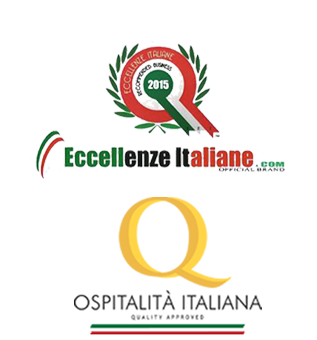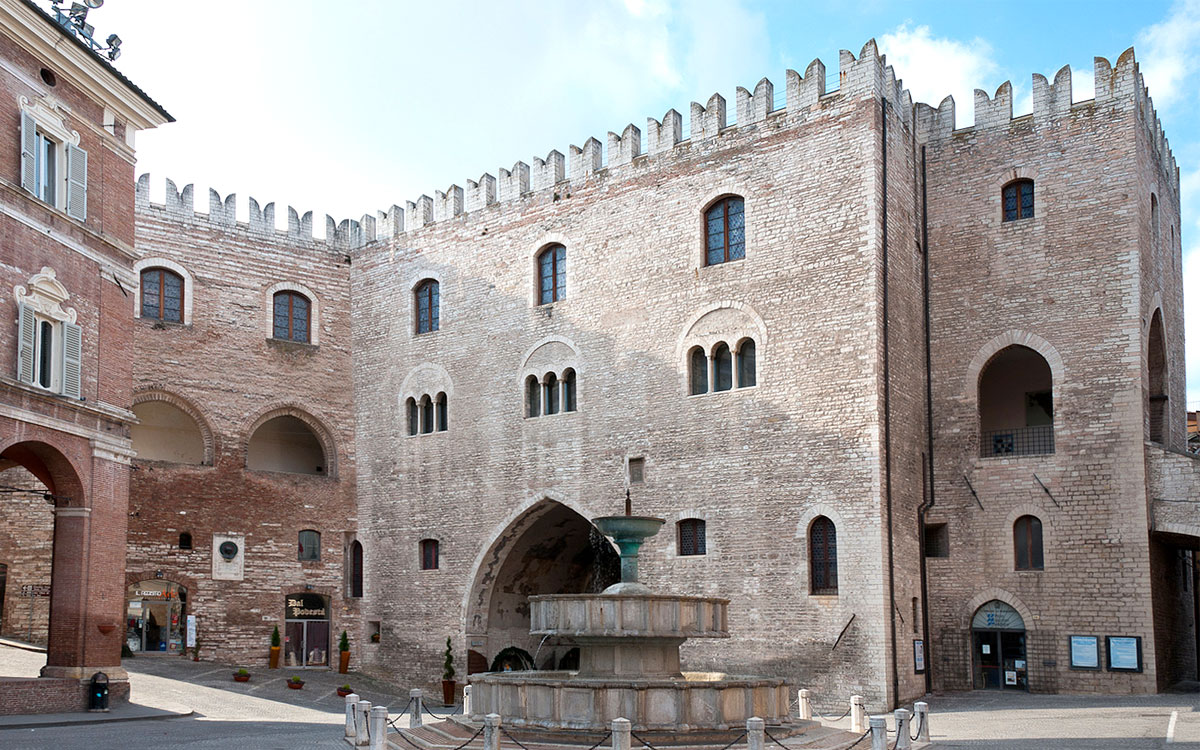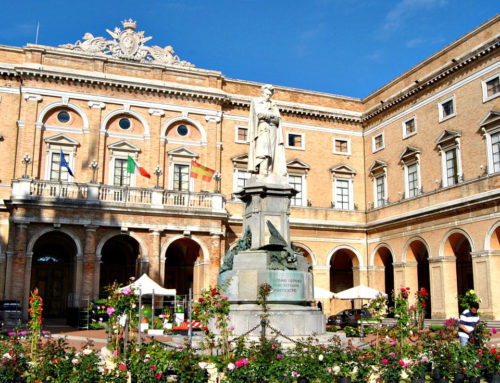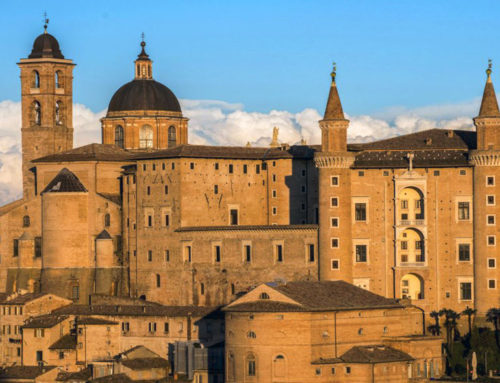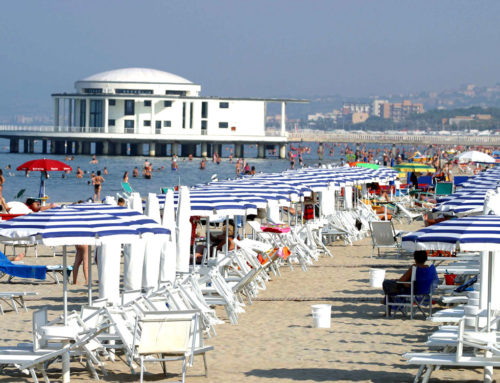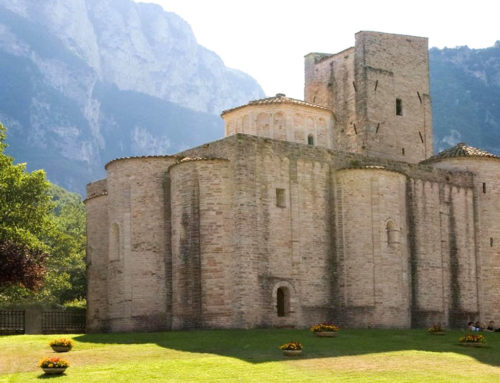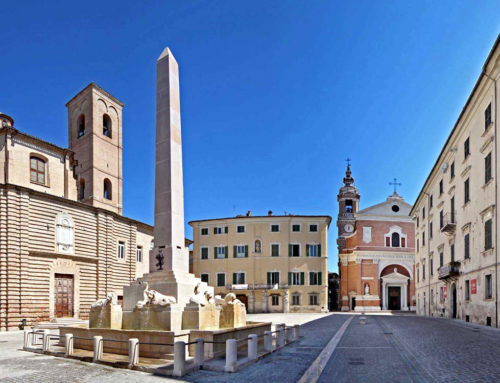Project Description
FABRIANO CITY OF PAPER
Fabriano’s story is so closely tied to the paper that the 1436 Municipal Bylaws prohibit anyone from building Fabriano’s 50-mile radius to produce paper and even more to teach the secrets of art to those who do not reside in the territory of the municipality, under penalty of payment of 50 ducats.
 HISTORY AND PAPER ORIGINS
HISTORY AND PAPER ORIGINS
Paper art is much older, born in China and imported into Europe by Arab merchants and craftsmen. In Fabriano already in the thirteenth century the paper masters specialize in the production of refined papers, such as the watermark, ie signs produced within the sheet and well visible backlight.
HISTORY AND PAPER ORIGINS
Paper art is much older, born in China and imported into Europe by Arab merchants and craftsmen. In Fabriano already in the thirteenth century the paper masters specialize in the production of refined papers, such as the watermark, ie signs produced within the sheet and well visible backlight.
Paper and Watermark Museum
The museum has its seat in one of the most beautiful monuments of the city of Fabriano, the ancient Convent of San Domenico. Here is a faithful reconstruction of a medieval paper mill where paper masters illustrate the ancient techniques of producing precious handwritten paper. A fascinating journey into the world of paper, in the city that has been and remains its capital (olim cartam undique fudit). Within the Museum you can take part in didactic, even residential, activities related to filigree handmade paper processing. A visit to the Paper and Watermark Museum, which lasts approximately 1 hour, includes a live demonstration of handmade paper production, viewing old shapes and watermarks, and an audiovisual on paper history at Fabriano.
MCF “Civilization of Scripture”
It is the new MCF section set up at the former convent of St. Benedict with the contribution of the CARIVERONA foundation. It offers a broad panorama, though not exhaustive, of the path taken by the press in its two fundamental stages, that initiated by Johann Genfleish von Gutenberg, with the inventions related to the method for the realization of the mobile characters and the printing of the printing by the printing press , and that started a few centuries later by Aloys Senefelder with the ingenious intuition to seek and obtain a totally revolutionary printing system from that introduced by Gutenberg. With him, the “chemical print” is better known as Lithographic Printing. All typographic and lithographic machines are working and used for limited edition prints as well as to carry out educational activities for boys and adults who want to discover and experience the composition of movable characters and typographic and lithographic printing techniques.
Historical Piano and Sound Museum
The Museo Storico and Sound Piano, a new structure set up at the Monumental Complex of San Benedetto in Fabriano, houses a “screenplay” of the 18 historical pianos covering the space from the end of the eighteenth century to the early twentieth century, constitute the collection Claudio Veneri. All concert tours are guided. On the historical pianos of the collection, only “live” music is performed by a concertist and emphasized by didactic images – suggestive suggestions for settings, furnishings, scenes, customs and atmospheres of the end of the Baroque, at the harpsichord sunset at the dawn of the twentieth century and the great concert queue that represented the final stage of the evolution of the most extraordinary musical instrument made by human ingenuity.
Civic Picture Gallery “Bruno Molajoli”
Dedicated to the important art historian Bruno Molajoli (1905-1985), born in Fabriano, has one of the most important medieval art collections of the Marches. He has precious paintings on the table and frescoes by Allegretto Nuzi, Staffolo’s Master, Antonio da Fabriano, Ottaviano Nelli, Orazio Gentileschi, Andrea Boscoli and others. An important and rich collection of 14th-century wooden sculptures by Fabriano’s Magisters and Blessed Becchetti Teachers and the series of Flemish Tapestries dating from the 16th to the 17th century.
Museum of Crafts in Bicycle
It is an exhibition of vintage bicycles used to carry out crafts and commercial activities and, in fact, a split of Italian history from the 1920s until the sixties. The show reveals in all its drama the effort and the fatigue of everyday life at that time when the Italians began to live, with the sweat of their work, a dignified life after the difficult postwar warfare of the First and Second World War.
Archaeological exhibition “Piceni and Celti along the banks of the Giano”
The exhibition gathers a careful selection of
ni di attività del presepista Fabrizio Ciccolini.

